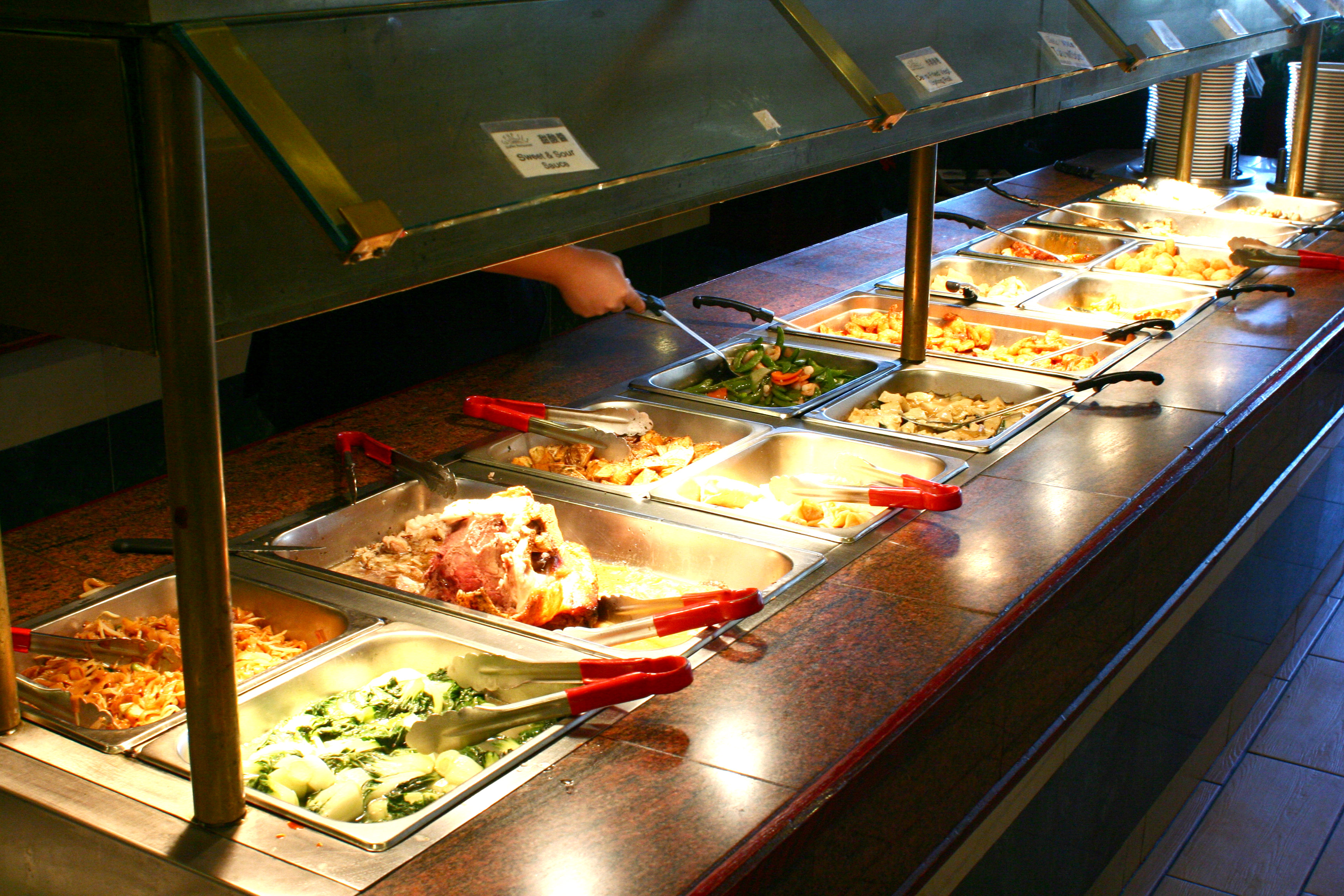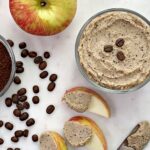
Buffets are often overwhelming and can lead to overeating and poor nutritional choices. Here are some tips to help you survive a buffet so that you can enjoy the food and feel good about your choices!
Drink a big glass of water as soon as you get to the restaurant or before entering. This will help fill your stomach, leaving less room for food. Additionally, we often mistake thirst for hunger, making us think we’re hungrier than we truly are. Adequate hydration will help to ensure you are eating because you are physiologically hungry and not eating out of thirst.
Use smaller plates and glasses to avoid taking in too much. Not only do big cups, bowls, and plates hold more food and liquid to begin with, but oversized dinnerware also makes normal portion sizes seem smaller than they actually are. Finishing a full plate makes us feel full. The larger the plate, the more food consumed. Try to pick a salad plate or a plate that is about 9 inches in diameter.
Divide your plate into segments before you begin choosing foods from the buffet. Try to first fill half of your plate with vegetables to help guide the portioning for the remaining half of you plate. Make sure you have enough vegetables on your plate can help make you feel fuller making it so you are less likely to eat more of the high-calorie and fat items. The remaining half of your plate should be divided ¼ lean protein and ¼ grains and starches.
Take a walk around the buffet line before taking any food. Seeing all of the choices can help you make controlled decisions based on what you would like, what you could pass up without feeling deprived, and what you should make room for on your plate. This can help alleviate the temptation to return to the buffet multiple times. Ask yourself what foods will energize you, what would be the best decisions for each food group and what would fit into your meal plan.
Fill your plate with vegetables and fruits first, leaving little room for the higher-calorie foods. There is only so much room on a plate, and if you already have it half-covered with low-calorie, fiber-rich, filling produce, you will have less room on your plate (and in your stomach) for fattier foods.
Choose foods that are as nutritious. Usually, the most nutritious foods are whole, unprocessed and fresh or more simply prepared. Stick with options such as nonfat dairy products, fresh fruits and vegetables, whole grains and lean meats or plant-based proteins. Processed foods often do not have as many nutrients as whole foods.
Eat foods that are grilled, steamed, baked or broiled. These dishes typically have less added fats and salt than dishes that are stir-fried, pan-fried or deep-fried. Casseroles and pasta dishes may also contain added fats and excess salt.
Minimize marinades, toppings, sauces and condiments that will add extra, hidden fat, calories or sugar. Choose vinaigrettes instead of oil- or cream-based salad dressings. Avoid salads and other foods that already have added dressing.
Avoid empty-calorie beverages (any sugary drink). You can steer clear of unnecessary additional calories by ordering water, unsweetened tea, or decaf coffee (without excess sugar or creamer added).
Keep your back to the buffet table. It is one of the easiest strategies to use. Studies show that the more distance there is between you and the buffet table, the less likely you are to get up for seconds, or crave more. We often eat with our eyes – if we see something delicious, we want to eat it. So, don’t look at it. Stand with your back to the tempting food. Choosing a seat that is farther away from the buffet is also helpful. Having to get up and walk past a lot of people, while balancing a plate filled to the brim, can serve as a “seconds” and “thirds” deterrent.
Pay attention! Keep an eye on your plate to track how much you have taken in. Visual cues make more of an impact on our hunger/fullness levels than actual fullness. The more food we see we have eaten, the sooner we will realize we have had enough.
Slow down. Taking your time during a meal makes you feel fuller, faster. It can take upwards of 30 minutes for stop signals to register. Pace yourself by savoring each bite, chewing thoroughly, and using a knife and fork (or chopsticks, if you can).



